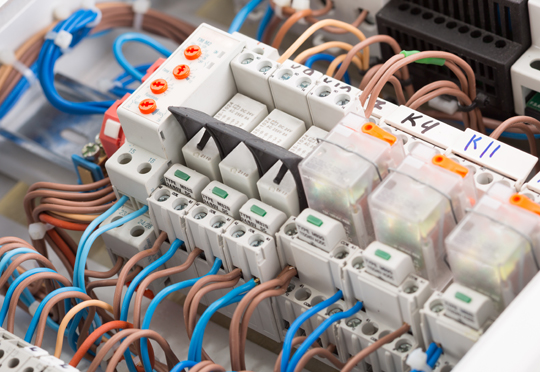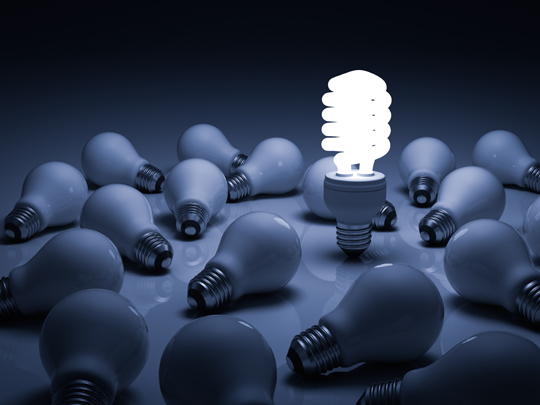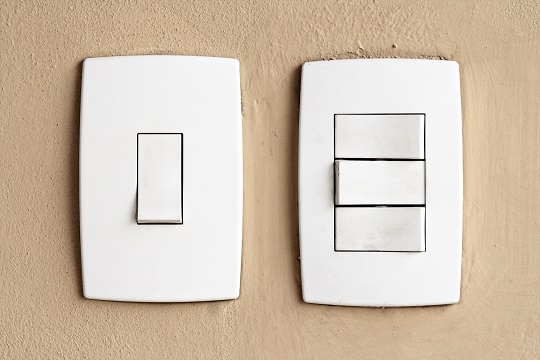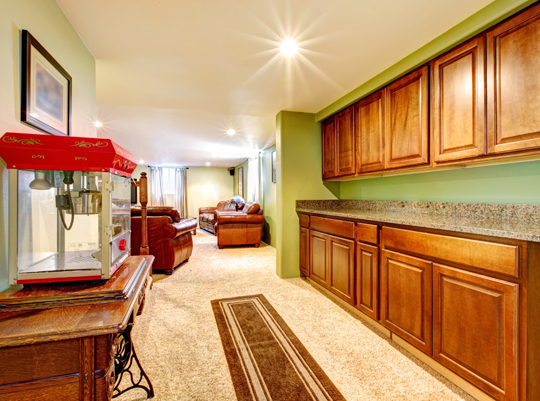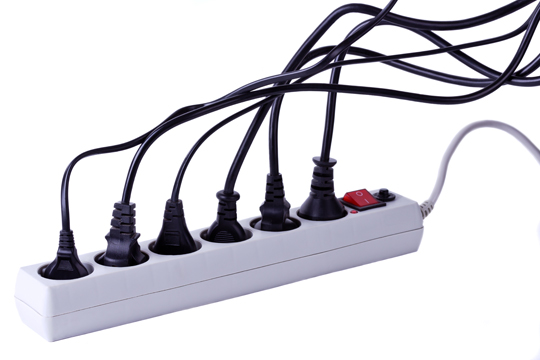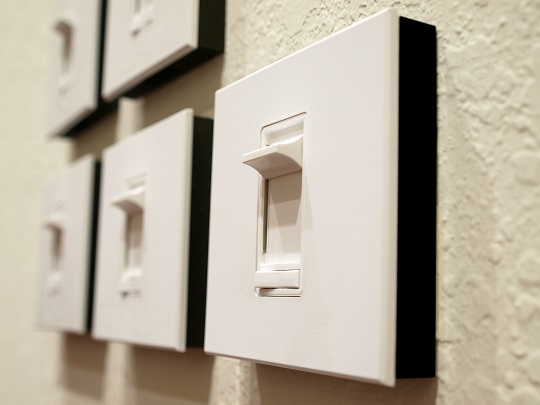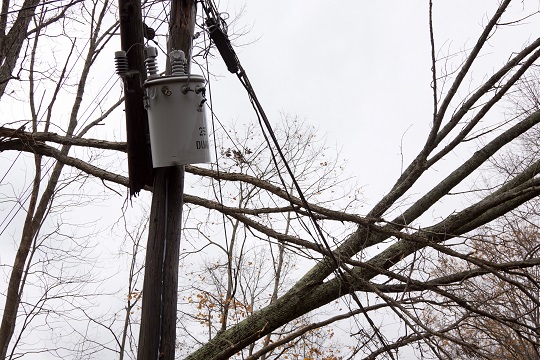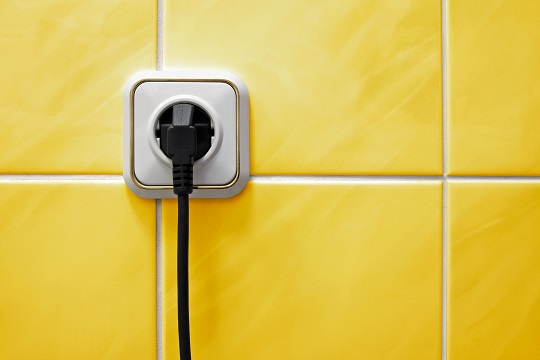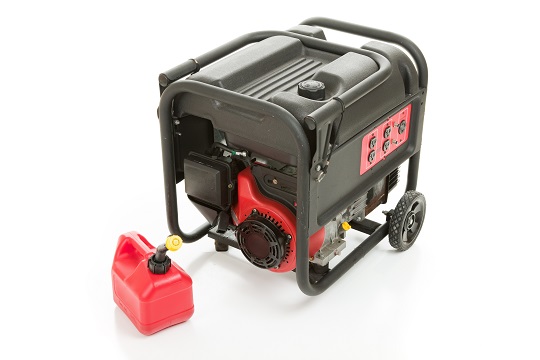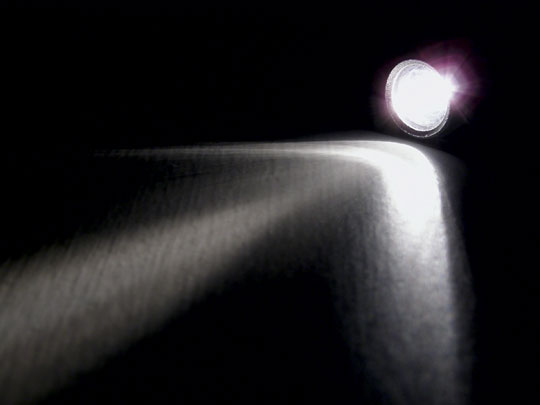You might not always be conscious of it, but if you use too many appliances and other electronics which need to be plugged in, you could be overloading your electrical panel. This is very dangerous. It can lead to a number of issues, including possible electrocution.
But, do you know how to tell if an electrical panel is overloaded? If not, here are some hints.
Calculating Your Electrical Panel’s Limit
An electrical panel is comprised of a series of circuits. Each circuit has a limit to how many amps of electricity it can handle. If this limit is exceeded, the individual circuit shuts down, and you have to reactivate it (by switching it back over).
If you add up the limitations of all your circuits together, that will tell you the limitations of your electrical panel as a whole.
A More Scientific Way Of Calculating
A certified electrician can assess your electrical system to determine better the actual capacity of it. Otherwise, the capacity should be listed somewhere near the electrical panel. Knowing the limitations will help you better know how to tell if an electrical panel is overloaded.
Signs That Your Electrical Panel Is Overloaded
Computers, TVs, lights, appliances — these all can add up and eventually overwhelm an electrical panel. If you notice the following things in your home, your electrical panel might be overloaded.
– Constant blown fuses: If you find yourself having to reset or replace fuses often, you might be dealing with an overloaded electrical panel.
– Buzzing: Listen for a buzzing sound coming from your electrical panel. That is not a good sign.
– Sparks: This is kind of a no-brainer, but if your electrical panel is sparking, seek professional help immediately.
Where To Find Help
Do NOT try working with electrical equipment unless you are professionally trained. You could really hurt yourself.
Instead, use TalkLocal to find a local electrician that can help out. The process is easy — you submit a request on our website and we’ll find three professionals or companies that fit your criteria. They will call you to see how they can help. You make the final decision.

